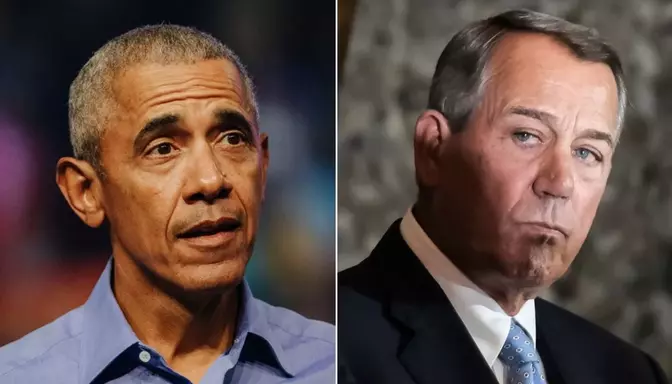Unfortunately, the committee fell short of its mandate, leading to the implementation of the spending caps.
However, Congress subsequently diluted the deficit reduction provisions by repeatedly increasing the caps on discretionary spending in subsequent years.
It is worth noting that lawmakers also included other measures to offset some of these changes.
John Diamond, director of the Center for Public Finance at Rice University’s Baker Institute, described how “we gradually unwound this bill, piece by piece.”
Ultimately, roughly $1.5 trillion of the agreed-upon $2.1 trillion in spending cuts materialized, according to Riedl.
This included $855 billion in cuts to discretionary spending over the span of a decade.
Various agencies and programs, such as defense, education, justice, and the Internal Revenue Service, felt the impact of these reductions.
Additionally, the deal entailed a 2% reduction in payments to Medicare providers as part of the broader mandatory spending program cuts.
The Deal at Hand
Fast forward to 2023. The depth of spending cuts emerged as a major sticking point in resolving the debt ceiling impasse.
Earlier this year, the Biden administration resisted returning spending to fiscal 2022 levels, a provision that Republicans included in their debt ceiling bill. Meanwhile, McCarthy’s team remained steadfast.
In the end, the recently announced deal entails a scaling back of non-defense discretionary spending for fiscal year 2024, with agreed-upon appropriation adjustments largely compensating for the difference.
Non-defense spending would experience a mere 1% increase in fiscal year 2025.
A critical distinction between 2011 and the present lies in the fact that the spending caps back then served as a backup plan, as Warren Payne, a senior advisor at Mayer Brown, a prominent law firm, noted.
“People operated under the assumption that the spending caps would never actually come into effect,” Payne explained.
Now, the spending caps rank among the GOP’s top priorities, and McCarthy managed to avoid constraining defense funding and raising taxes, as occurred in 2011.






